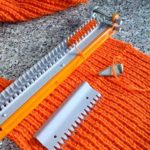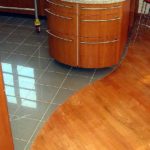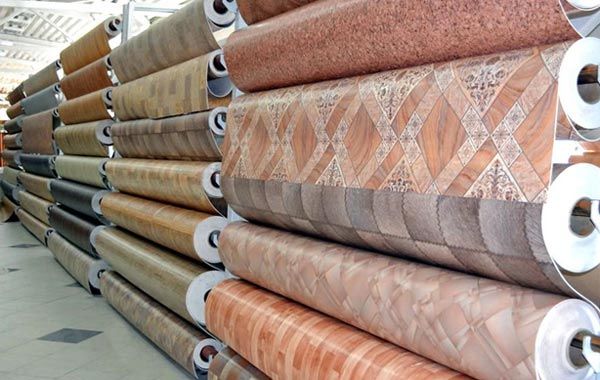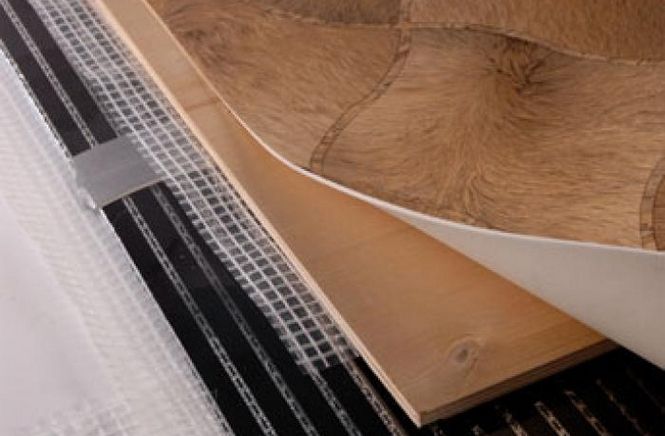Do you need a backing for linoleum?
When installing a floor covering, in some cases it is necessary to lay a special layer between the base and the covering. This may be due to unevenness, roughness, the need to insulate the floor, and also reduce noise from below. Let's look at this issue in more detail and determine whether a substrate is needed for linoleum or not.
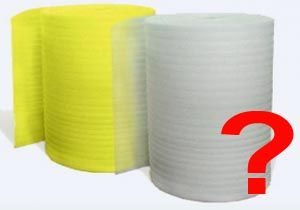
The content of the article
Is it necessary to lay a backing under linoleum?
In order to decide whether it is possible to put a backing under the linoleum, let’s consider what it is used for.
Purpose of the substrate
The substrate in the form of sheet or roll material is intended:
- for leveling;
- for insulation;
- for sound insulation;
- when laying baseless thin linoleum.
If linoleum is laid on an uneven surface, premature wear of the coating will occur due to surface tension. A gasket will correct the situation and extend the service life.
IMPORTANT. In the instructions for linoleum, manufacturers recommend not to use cushioning coatings and insulation. Otherwise, due to the thick soft base, the linoleum will sag, tear in places of pressure from heavy furniture and deteriorate.
After determining the quality of the base and choosing linoleum, you can answer the question of whether it is necessary to lay a backing. According to the experience of floor installers, this issue must be approached individually and all options must be considered.
When can you do without a substrate?
A substrate will not be needed for commercial and semi-commercial linoleum, which already has a substrate as its bottom layer. Under such linoleum, waterproofing is installed on a concrete or self-leveling floor, and then the coating is laid.

Types of substrates
The following types are distinguished:
- Jute linen is a natural fiber fabric treated with fire retardants (to prevent fire) and antiseptics (to prevent the proliferation of microorganisms even when moistened).
Advantages:
- Natural material.
- Does not cause allergies.
- After treatment, it is resistant to burning.
- Mold does not grow.
- Doesn't rot.
Flaws:
- Weak sound insulation properties.
- Expensive material.
- Cork - made from crushed cork tree bark without additives, treated with fire retardants and antiseptics.
Advantages:
- Promotes sound and thermal insulation of the room.
- Natural material.
Flaws:
- Thick and soft material, which is not suitable for laying linoleum
- Expensive.
- Composite – consists of polystyrene granules protected on both sides by layers of polyethylene.
Advantages:
- Excellent waterproofing, thermal insulation and sound insulation of the room.
Flaws:
- Elastic material, which is unacceptable for linoleum.
- Expensive material.
- Coniferous – is a coniferous wood fiber glued with resin.
Advantages:
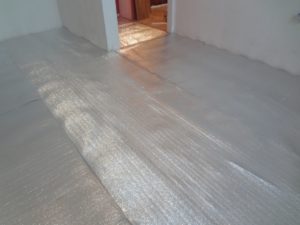 Good soundproofing material.
Good soundproofing material.- It allows air to pass through due to its porous structure.
- Depending on the thickness, it allows you to level out floor unevenness up to 3 mm.
- Can absorb water.
- Has thermal insulation properties;
- Easy installation
- Does not burn.
- Long service life.
Flaws:
- Expensive material.
- Not suitable for rooms with high humidity.
- It has an unpleasant odor that dissipates after some time.
- May absorb odor.
- Due to humidity, it can become a breeding ground for fungi and mold.
- It crumbles if not handled carefully.
- Cannot be used if the owners of the apartment have allergic reactions.
- Foamed polyethylene 2 mm thick is a suitable base for linoleum.
Advantages:
- Gives softness when walking on the floor.
- Allows you to install heavy furniture without damaging the coating.
- Inexpensive.
- Service life in rooms with low traffic is 5-10 years.
- Easy to install.
- Easy to replace.
- As a lining for linoleum you can use: chipboard, OSB and plywood, fiberglass sheets, high-strength MDF, cork composite sheets, and other rigid structures.
Advantages:
- Level the floor.
- Create a rigid frame.
- Provide thermal insulation and sound insulation.
- Chipboard and OSB sheets are affordable.
Flaws:
- Thin sheets are susceptible to deformation when laid on a very curved floor.
- Due to the influence of loads, the slabs may bend.
- Plywood is significantly more expensive compared to other boards.
- They are afraid of moisture, so they should not be laid in rooms with high humidity.
- The slabs are susceptible to damage by insects.
- Fire hazardous.
How to attach the substrate
 When laying the underlay on a concrete floor, preliminary work is carried out to clean, level the base and lay waterproofing with plastic film overlapping the walls by 3–4 cm. Then it is necessary to lay out the underlay, which is laid end-to-end and glued with a special adhesive tape. The underlay, laid on a wooden floor, helps to improve the thermal insulation of the room, reduce floor skipping and level the surface. It is laid on a leveled, cleaned and puttied floor surface after a layer of waterproofing. The substrate is spread end to end and connected using a special adhesive tape.
When laying the underlay on a concrete floor, preliminary work is carried out to clean, level the base and lay waterproofing with plastic film overlapping the walls by 3–4 cm. Then it is necessary to lay out the underlay, which is laid end-to-end and glued with a special adhesive tape. The underlay, laid on a wooden floor, helps to improve the thermal insulation of the room, reduce floor skipping and level the surface. It is laid on a leveled, cleaned and puttied floor surface after a layer of waterproofing. The substrate is spread end to end and connected using a special adhesive tape.
To fix the substrate to the base, you can use special glue or PVA glue. Chipboard and plywood, when laid on an old wooden floor base, can be attached with nails or laid on joists. Insulation is placed in the gaps between the joists. The sheets are laid at a distance of 5 mm from the wall, and then the seams are sealed with sealant. There should be no protruding nails or dents on the surface that need to be filled with putty.
The choice of a suitable gasket must be approached with all responsibility and different possible materials must be considered.


